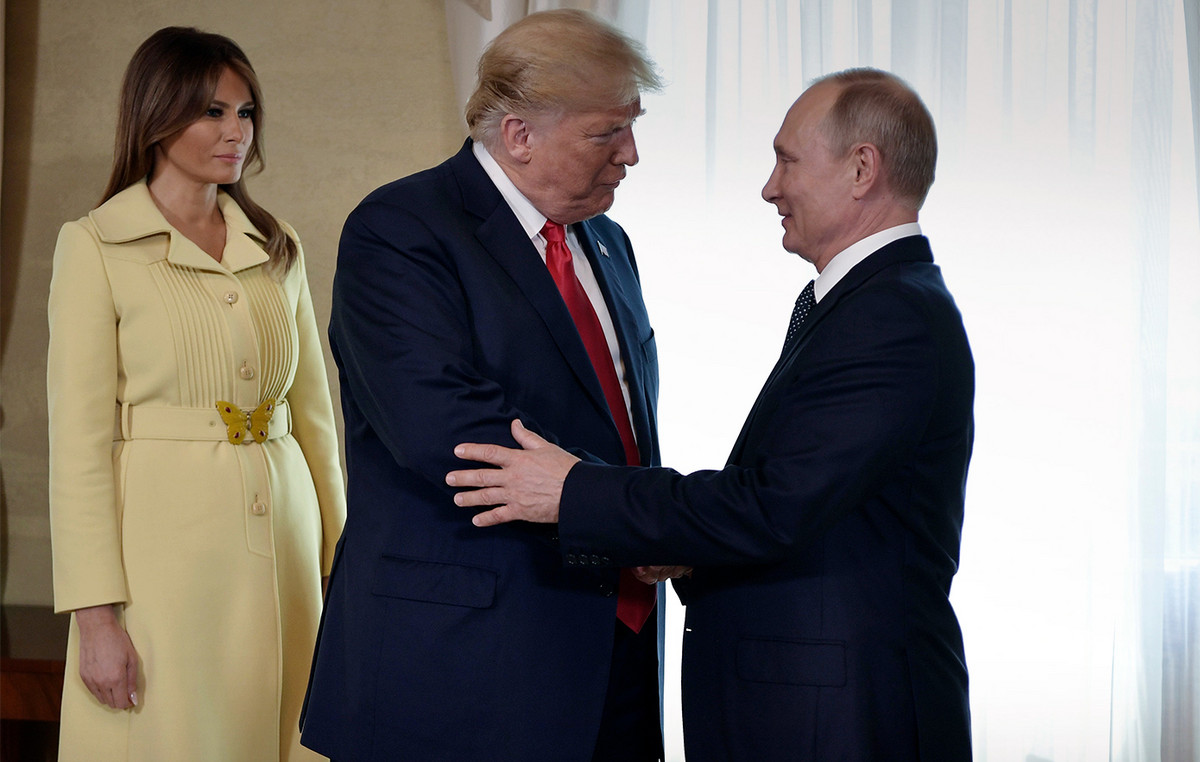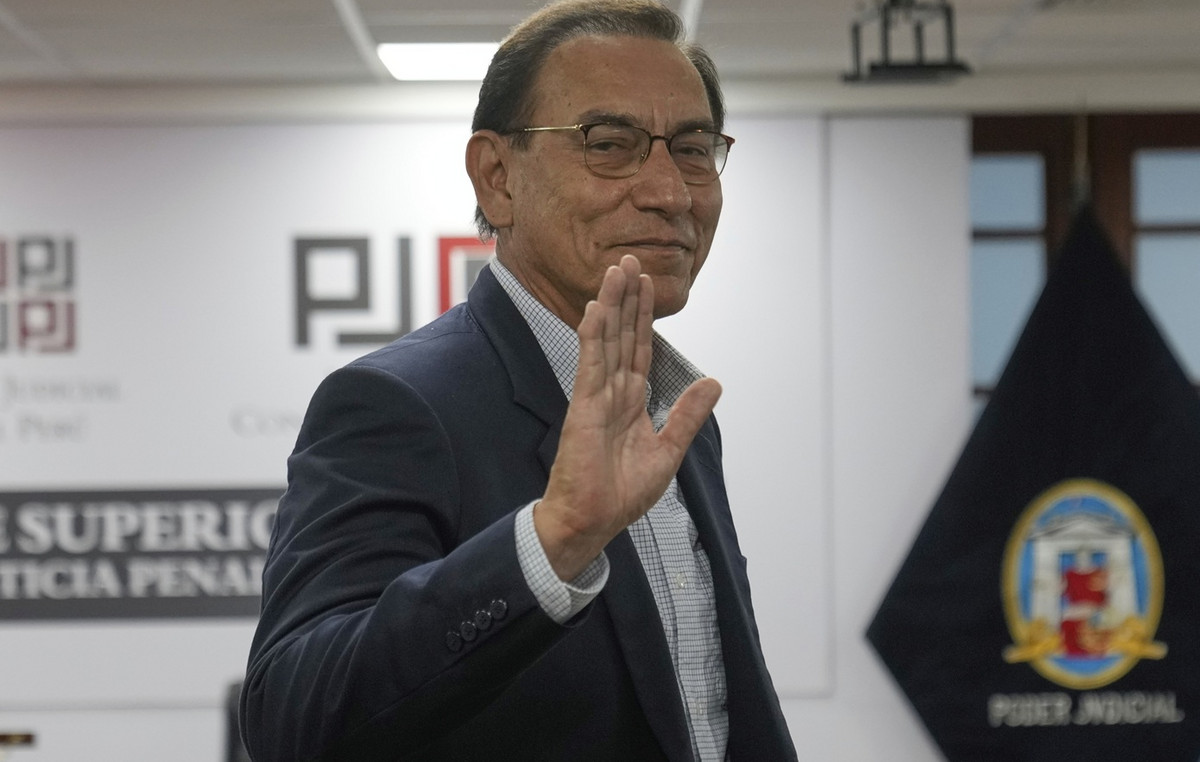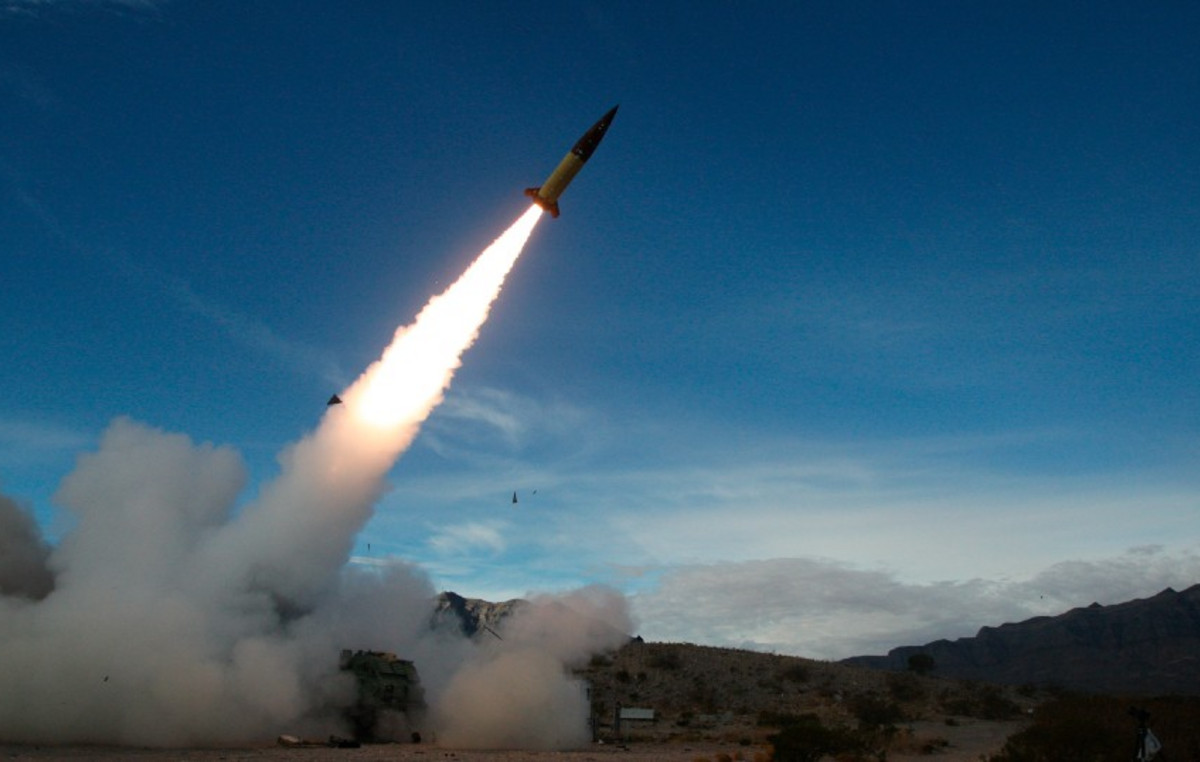- The Indian rupee is moving lower in a climate of caution.
- The Reserve Bank of India (RBI) kept rates unchanged at its meeting on Friday.
- The RBI maintains the repo rate at 6.5% and says that although core inflation has eased, the risk of rising food prices remains.
Indian Rupee (INR) moves lower due to investor caution on Friday. However, declining crude oil prices and foreign capital inflows could limit the decline in INR. Following the meeting, the Monetary Policy Committee (MPC) of the Reserve Bank of India (RBI) decided to maintain the status quo on Friday, keeping the repo rate unchanged at 6.5%.
RBI Governor Shaktikanta Das stated that headline inflation has retreated from last year’s highs but remains above target in many countries. He further stated that the central bank remains very alert and prepared to take appropriate measures as warranted to anchor inflation expectations.
Investors will focus their attention on US employment data, including non-farm payrolls (NFP) and the unemployment rate. Meanwhile, demand for US dollars and risk aversion in global markets could lift the USD/INR pair in the near term.
Daily Market Summary: Indian Rupee weakens amid multiple headwinds
- RBI Governor Shaktikanta Das announced that five of the six members of the Monetary Policy Committee (MPC) have voted in favor of continuing to focus on the withdrawal of accommodation.
- Das stated that core inflation had declined across the board, indicating that monetary policy measures have managed to deflate.
- He said the near-term outlook is clouded by risks to food inflation, which could cause inflation to rise in November and possibly December. This should be monitored for possible side effects.
- Das said high-frequency food price indicators suggest rising prices of major vegetables, which could trigger higher food inflation. He also cited rising global sugar prices as a major source of concern, while adding that local milk prices had stabilized.
- He added that the Indian economy is resilient and has momentum.
- Indian CPI inflation is forecast at 5.4% in fiscal 2024.
- The projected growth rate for Indian GDP in fiscal 2024 currently stands at 7%, with forecasts for the third and fourth quarters at 6.5% and 6%, respectively.
- Indian government bonds remained on a sideways path, with rates within a narrow range after the Reserve Bank of India’s final monetary policy decision for 2023, which did not bring any surprise changes.
- Indian benchmark indices Sensex and Nifty 50 started the session with moderate gains. The Nifty 50 opened above 20,900 points, while the Sensex approached 69,700 points.
- According to the latest report by S&P Global Ratings, India will be the third largest economy in the world by 2030.
- India maintained its position as the world’s fastest-growing major economy, beating forecasts with GDP growth of 7.6% in the September quarter.
- The Reserve Bank of India has kept the reference rate unchanged in the last four monetary meetings. The last adjustment occurred in February 2023, with a rate increase to 6.5%.
- Initial claims for US jobless benefits increased by 220,000 in the week ending December 2, up from 218,000 previously. Continuing claims fell to 1,861,000 from 1,925,000 the previous week.
Technical Analysis: Indian Rupee Outlook Remains Constructive
The Indian rupee is trading lower. The USD/INR pair has remained confined to a range of 82.80-83.40 since September. Technically, USD/INR remains above the 100-day EMA with an upward slope on the daily chart, indicating that the bullish outlook remains intact. The bullish momentum is reinforced by the 14-day Relative Strength Index (RSI), which remains above the midpoint of 50.
The immediate resistance level will emerge at the upper limit of the range of 83.40. Further up, the next hurdle lies at the yearly high at 83.47, on the way to the round level of 84.00.
On the opposite side, the key support level lies at the round psychological level of 83.00. A breakout of this level would lead to a decline in the pair. Breaking this level would lead to the confluence of the lower limit of the range and the September 12 low at 82.80. Further down, the next bearish target to watch is the August 11 low at 82.60.
Indian Rupee FAQ
What are the key factors driving the Indian Rupee?
The Indian Rupee (INR) is one of the currencies most sensitive to external factors. The price of crude oil (the country relies heavily on imported oil), the value of the US Dollar (most trade is done in US dollars), and the level of foreign investment are all influential factors. The Reserve Bank of India’s (RBI) direct intervention in the foreign exchange markets to keep the exchange rate stable as well as the level of interest rates set by the RBI are other important factors influencing the Rupee. .
How do the decisions of the Reserve Bank of India affect the Indian Rupee?
The Reserve Bank of India (RBI) actively intervenes in foreign exchange markets to maintain a stable exchange rate and help facilitate trade. Furthermore, the RBI tries to keep the inflation rate at its target of 4% by adjusting interest rates. Higher interest rates tend to strengthen the Rupee. This is due to the role of the “carry trade”, in which investors borrow in countries with lower interest rates to park their money in countries that offer relatively higher interest rates and profit from the difference.
What macroeconomic factors influence the value of the Indian Rupee?
Macroeconomic factors that influence the value of the Rupee include inflation, interest rates, economic growth rate (GDP), trade balance and foreign investment inflows. A higher growth rate can lead to more investment abroad, increasing demand for the Rupee. A less negative trade balance will eventually lead to a stronger Rupee. Higher interest rates, especially real rates (interest rates minus inflation) are also positive for the Rupee. A risk environment can lead to higher inflows of foreign direct and indirect investment (FDI and FII), which also benefit the Rupee.
How does inflation affect the Indian Rupee?
Higher inflation, particularly if it is comparatively higher than other countries, is generally negative for the currency as it reflects a devaluation through excess supply. Inflation also increases the cost of exports, leading to more rupees being sold to buy foreign imports, which is negative for the Indian Rupee. At the same time, higher inflation usually leads the Reserve Bank of India (RBI) to raise interest rates and this can be positive for the Rupee, due to increased demand from international investors. The opposite effect applies to lower inflation.
Source: Fx Street
I am Joshua Winder, a senior-level journalist and editor at World Stock Market. I specialize in covering news related to the stock market and economic trends. With more than 8 years of experience in this field, I have become an expert in financial reporting.







